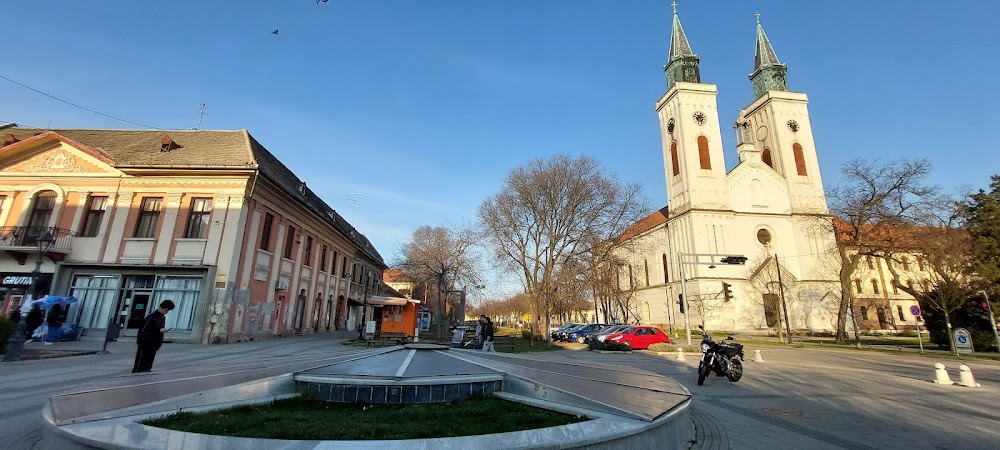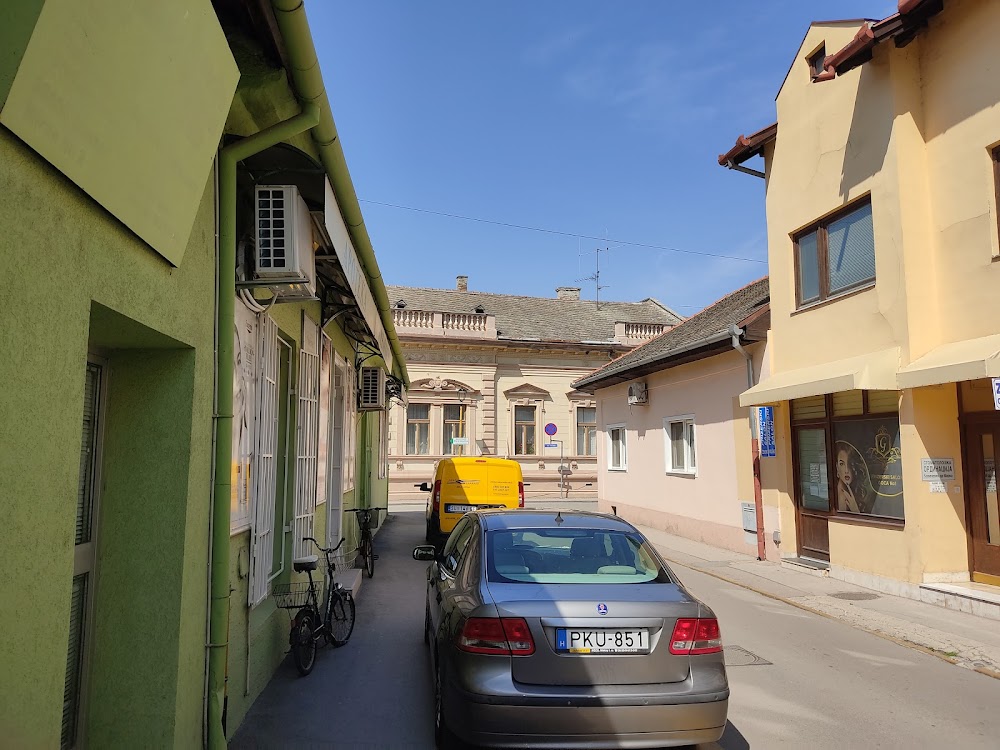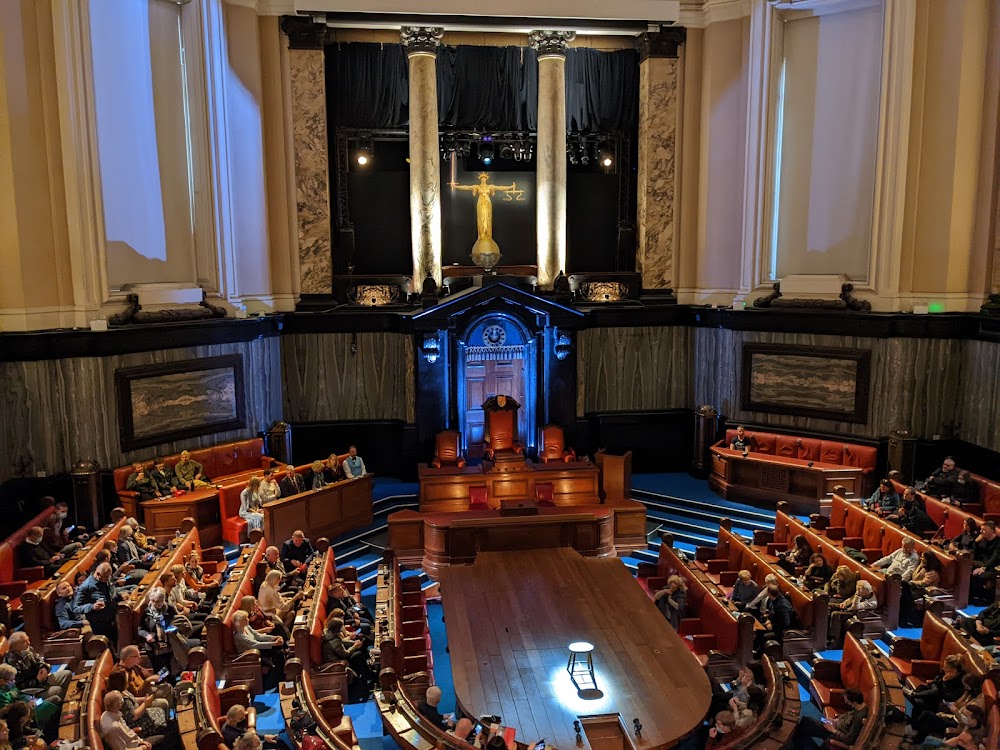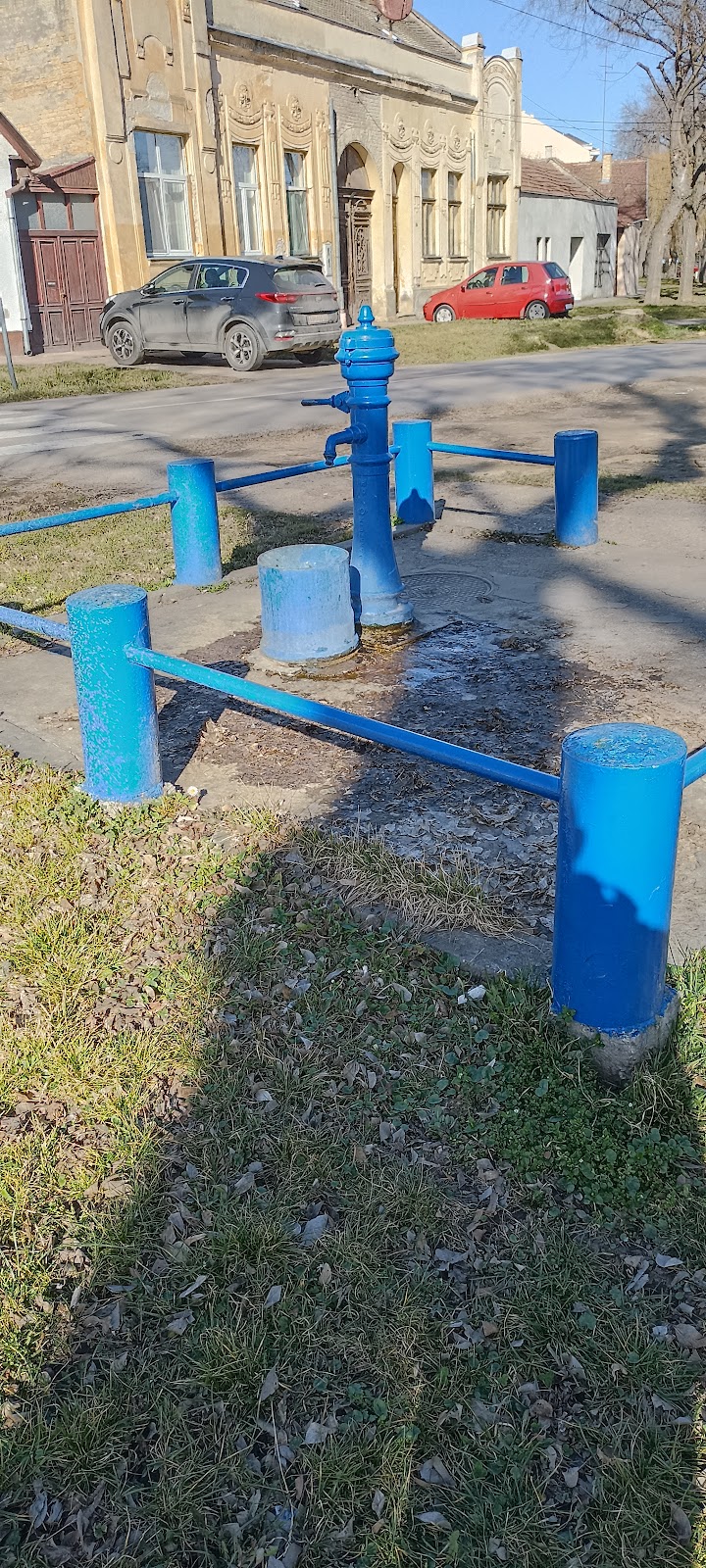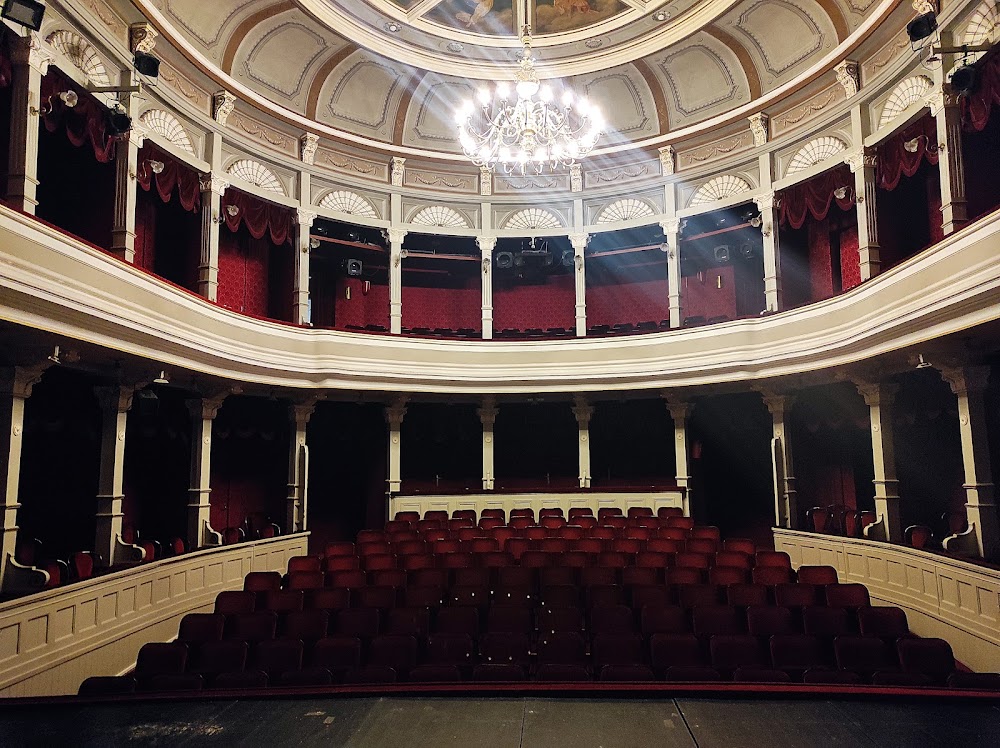Sombor Old Town (Stari grad Sombor)
Overview
Sombor, nestled in the picturesque West Bačka District of Serbia, is a town steeped in history, culture, and architectural splendor. With roots tracing back to the late 14th century, Sombor was first recorded in 1360 as "Czoborszentmihaly." Over the centuries, it evolved into a vital market town, gaining prominence under the Habsburg Monarchy during the 18th century.
A Flourishing Community
By the early 1700s, Sombor was thriving. In 1749, the Austrian Empress Maria Theresa bestowed upon Sombor the prestigious title of "free and royal city." This designation granted the town considerable autonomy, promoting commerce and initiating extensive urban development. The architectural landscape of Sombor flourished in the Baroque style, as seen in its grand buildings and churches that continue to inspire awe today.
Architectural Marvels in the Old Town
Sombor's Old Town is renowned for its remarkably preserved architecture. A notable highlight is the Grammar School, built between 1856 and 1857, which symbolizes the town’s dedication to education and cultural advancement. This institution has shaped the minds of future luminaries across various fields, significantly enriching Sombor's vibrant intellectual atmosphere.
At the heart of Sombor’s Old Town lies the stunning Holy Trinity Square, flanked by impressive structures including the Municipality Building—an exquisite example of neoclassical architecture completed in 1842. Its iconic tower and decorative façade beautifully represent 19th-century design sensibilities. Adjacent to the square, the majestic St. George’s Cathedral, constructed between 1759 and 1763, dazzles with its baroque interior adorned with frescoes and ornate altars, reflecting the town's profound religious heritage.
Art and Culture
Art enthusiasts will find a gem in the Milan Konjović Gallery, located in a charming late 18th-century building. This gallery showcases the works of Milan Konjović, a celebrated native artist known for his significant contributions to Serbian and Yugoslav art. The gallery highlights Sombor’s rich artistic lineage and reinforces the town’s commitment to preserving its cultural history.
Another architectural marvel is the Zupanija building, originally serving as the headquarters for Bačka’s regional administration. Constructed in the early 19th century, this monumental structure is celebrated for its aesthetic beauty and historical importance. Today, it functions as a cultural center, hosting various events, exhibitions, and serving as the town library.
Natural Beauty and Serenity
Sombor’s Old Town is complemented by beautiful and expansive green spaces that enhance the area’s charm. The Great Bačka Canal, built in the 19th century, stands as a remarkable feat of engineering and a crucial waterway that bolstered the region's agricultural and economic growth. Lined with lush parks and promenades, the canal offers a serene escape for both locals and visitors alike.
Creating such a vibrant and historic town required a delicate balance of strategic planning, architectural brilliance, and cultural foresight. Over the centuries, Sombor has adeptly adapted to political changes while maintaining its historical essence. This harmonious blend of tradition and innovation is evident in the careful restoration and upkeep of its historical buildings and urban spaces.
A Living Museum
In summary, Sombor’s Old Town serves as a living museum where each street and building narrates a piece of its rich history. From its establishment under the Habsburg Monarchy to its evolution into a cultural and economic hub, Sombor stands as a testament to the enduring spirit of its people and the intricate tapestry of Serbian history. Whether you're wandering through its historic streets or enjoying the tranquil green spaces, Sombor invites you to explore its captivating story.


